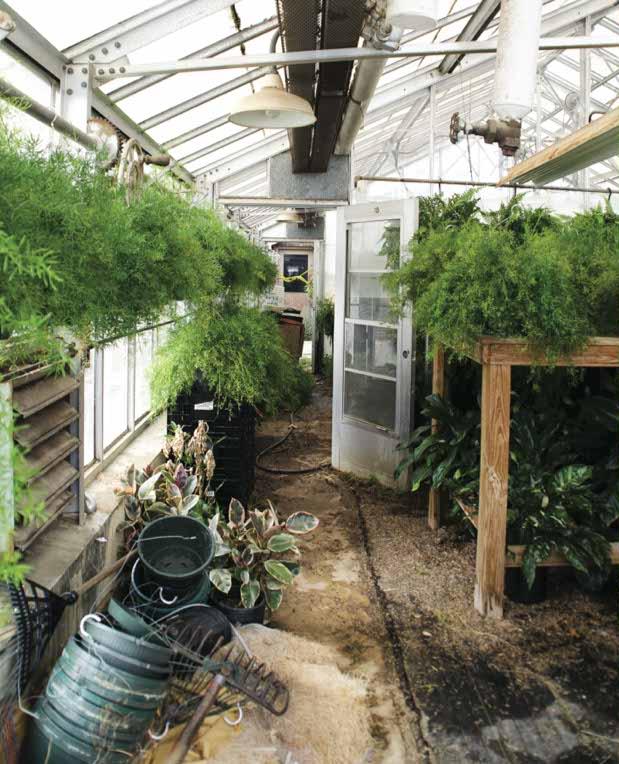For more than a decade, the quaint, well-kept University of Alabama greenhouse, located on the side of the Biology Building, has been run by the UA department of biological sciences to facilitate plant and bacteria experiments by faculty and research students.
“Since most universities do not typically have a greenhouse on campus, the department of biological science’s greenhouse has allowed me to pursue integrated research questions,” Robert J. Martinez, a microbiologist and university research scientist, said.
The greenhouse encourages students to be involved and participate in environmental microbiology and plant biology research and is connected to the Biology Building for easy access. Botany professors and other biology researchers have done experiments there over the years to study agricultural production, limited nutrient resource usage and how to produce better sustainability in plants and soil.
“Working in the greenhouse is actually pretty peaceful since there are a limited number of people in there at any one time,” Martinez said.
The UA Grounds department occasionally reserves spots in the greenhouse at different times of the year to keep seasonal plants. Otherwise, the building is an untouched plant and soil sanctuary.
“The ability to conduct greenhouse experiments allows researchers to conduct controlled experiments before moving projects to the field,” Patricia Sobecky, professor and chair of the department of biological sciences, said.
With a regular plot of land, only a limited number of experiments are available before a plot of land is diminished and therefore unusable. Researchers then have to move on and contaminate a new area. A greenhouse provides a glassed-in structure where temperature and humidity can be controlled by the researcher. The upkeep of the greenhouse gives the department of biological sciences cultivated land that acts as farmland. The unchanging environment allows different scientific variables and hypotheses to be tested in a controlled fashion over long periods of time.
“It also takes a bit of patience that most microbiologists like myself need to develop, because unlike bacteria that can grow in a matter of minutes to hours, plants require weeks to months to develop to maturity,” Martinez said.
Over a year ago, a UA research team used the greenhouse to conduct research involving agricultural sustainability and ways to reduce harm to soil environments. Martinez, part of the most recent research team to use it, isolated bacteria from contaminated soils to study a unique phosphorus metabolism that reduces the concentration of contamination in water.
“This approach would help farmers reduce fertilizer expenditures and conserve the phosphate component in fertilizers, which is a non-renewable resource,” Martinez said.
Diverse bacteria are able to be cultivated from both contaminated and agricultural soils. They used the convenience of the greenhouse to test different soil strains to determine if the amount of fertilizer applied to soil could be reduced. Previously, they did bacteria research to determine if reduced phosphate amendments provide growth. The team will publish a report of the final conclusions after more research.
Sobecky and Dave Francko, dean of the graduate school and a professor of biological sciences, conducted an economic development project about bamboo-cultivation in the processing industry with the Resource Fiber Alabama, LLC.
“I have used the greenhouse to store bamboo and other plants related to my research on cold hardiness in ornamental plants,” Francko said.
Although not the most well-known research facility around campus, the greenhouse provides more of an experimental opportunity for those in the department of biological sciences than most students at the University know about.
“We hope to be able to maintain it for the foreseeable future, and expansion of the greenhouse would be ideal,” Sobecky said.









